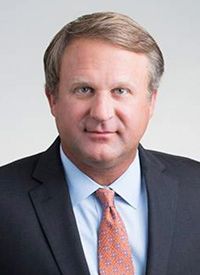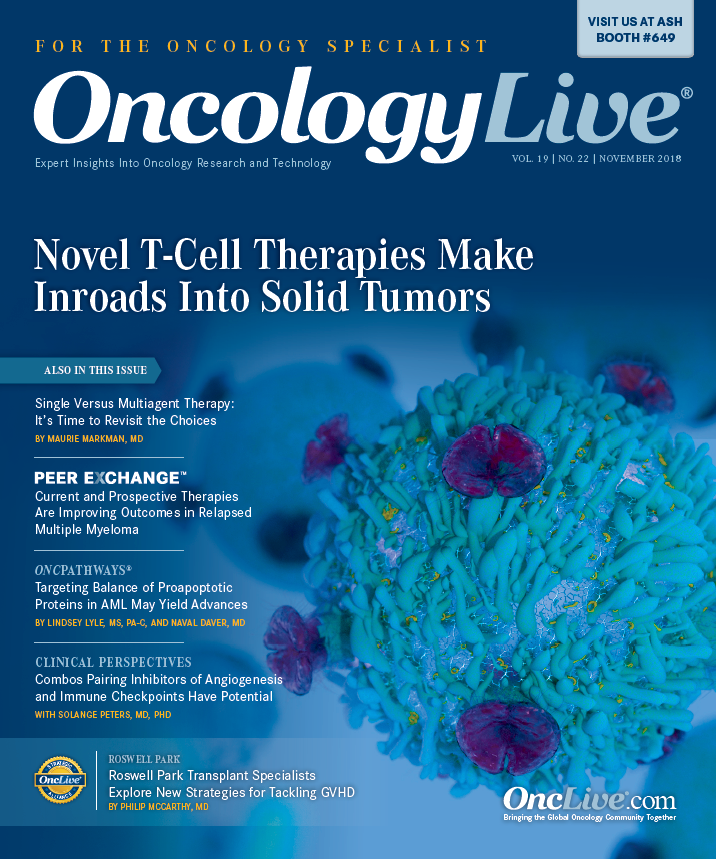Making the Case for Medically Integrated Dispensing
With the rise of oral oncolytic prescribing and development, more oncology practices are implementing in-office dispensing programs to provide a seamless treatment experience for patients.
Barry Fortner, PhD

Barry Fortner, PhD
Today, 35% of oncology drugs in the pipeline are oral, according to a recent report by the Community Oncology Alliance (COA). With the rise of oral oncolytic prescribing and development, more oncology practices are implementing in-office dispensing programs to provide a seamless treatment experience for patients. The terminology for this practice is now commonly referred to as medically integrated dispensing, which more accurately reflects the level of clinically coordinated care that patients can expect from their community physicians.
Medically integrated dispensing programs have emerged as crucial assets for community oncology practices as they work to stay viable in an ultracompetitive market. The value proposition is relatively simple: Community practices that are dispensing are capturing additional revenue from filling prescriptions and staying more connected to their patients. The patient connection is key. Personalized care has always differentiated community oncology practices, and that level of care is amplified when prescription matters are closely tracked in the patient’s medical record.
Although practices participating in the Oncology Care Model (OCM) are held accountable for the quality of patient care they provide, the Merit- Based Incentive Payment System also is changing the value equation for all practices by requiring new reporting and measurement standards. These dynamics increase the importance of how well a practice coordinates care with its patients, which is harder when prescriptions are filled outside the practice. In such cases, extra coordination and communication are needed to ensure that the care team supports the patients appropriately. When coordination and communication break down, physicians often lose track of refills and other therapy concerns. A medically integrated dispensing program can improve patient adherence and the management of adverse events. Having this is critical to avoid penalties for unnecessary patient hospitalizations.
Challenges
While medically integrated dispensing has many benefits for community practices, challenges do exist.Keeping prescriptions within the practice can be an uphill battle. Pharmacy benefit manager (PBM) formularies and preferred network frameworks often prohibit or limit dispensing by oncology practices. This can interfere with the start of therapy and its continuity. An oncology practice’s familiarity with patient medical histories and preauthorization needs can help accelerate access to medication.
Implementation
Direct and indirect remuneration (DIR) fees are what a dispenser pays to a Medicare Part D sponsor or its PBM, and these can add up to an impediment to the success of an in-office dispensing program. DIR fees were initially established to account for all costs associated with prescription medications, including manufacturer rebates and other price concessions. Today, however, DIR fees can include “clawback” fees, which are assessed well after the point of sale and can hit a community practice’s bottom line hard. This constitutes another hurdle for community practices trying to establish in-office dispensing programs. With current DIR fees, oncologists may not know if they’ll be fairly paid for the therapies they dispense. Such financial risk can hold practices back from developing medically integrated dispensing programs. Much work still needs to be done, particularly on Capitol Hill, in communicating how these fees ultimately affect the patients.Oncologists should consider evaluating a variety of partners, from technology companies and consultants to group purchasing organizations, to determine who can connect them with the resources they need for successful in-practice dispensing. With advanced analytics that leverage electronic medical records and patient portal data, community oncologists will have the information they need to gauge practice performance and optimize patient care. These data can be packaged to show manufacturers and payers the benefit of including dispensing practices as a channel for product access.
Oncologists also need to pay close attention to insights and learnings derived from the early pilot phases of value-based care models, such as the OCM and Community Oncology Medical Home program. It can take significant resources to build an infrastructure capable of supporting in-office dispensing. Oncologists should leverage their practice’s prescribing patterns to justify the use of these resources and establish an efficient and effective program. With a firm grasp and holistic view of these compiled data, community oncologists will be equipped to present a strong case for how in-practice dispensing lowers the costs of cancer care.
Capitol Hill Advocacy
Physicians should also leverage best practices to position their community practices for success. An example of this is hiring and optimizing the role of the pharmacy technician, a critical position in a medically integrated dispensing program. A technician’s daily responsibilities include managing preauthorizations and refills, connecting patients who cannot afford specific medications with financial assistance programs, tracking what the practice can and cannot dispense, and providing back-end monitoring of the inventory management system and dispensing plan. The foundational support these technicians provide helps practices increase the speed to therapy for patients.To ensure progress is made on the opportunities presented by in-practice dispensing, many oncologists have taken their cause to Washington. Organizations like COA’s Community Oncology Pharmacy Association (COPA) and Patient Advocacy Network (CPAN) have been especially active on this front. In 2016, COPA cancer care advocates partnered with the Accreditation Commission for Health Care to develop a specialty pharmacy accreditation that was tailored to physicians’ offices with an oncology distinction. This was a significant turning point for community practices.
As the oncology landscape evolves, there is more action being taken by these community oncology advocates, especially with respect to lowering DIR fees. For example, back in April, there were 100 CPAN cancer care advocates on Capitol Hill urging Congress to demand more transparency and accountability from PBMs on medication management and DIR fees. As COPA and COA continue to grow, oncologists will have more influence on Capitol Hill and more opportunities to have their voices heard and needs met.
Medically integrated dispensing keeps prescriptions close to the prescriber. By controlling this process, there is potential for optimized outcomes and lower healthcare costs, 2 necessities in today’s value-based payment environment. However, hurdles exist for oncologists to capitalize on this opportunity. With access to the right data-driven resources and business insights, community oncologists can continue to implement efficient and effective dispensing programs into their practices and communicate the value of these programs back to payers, manufacturers, and, ultimately, patients. Getting involved in advocacy efforts that push legislators to reevaluate DIR fees will help make in-office dispensing a realistic opportunity for more practices.




